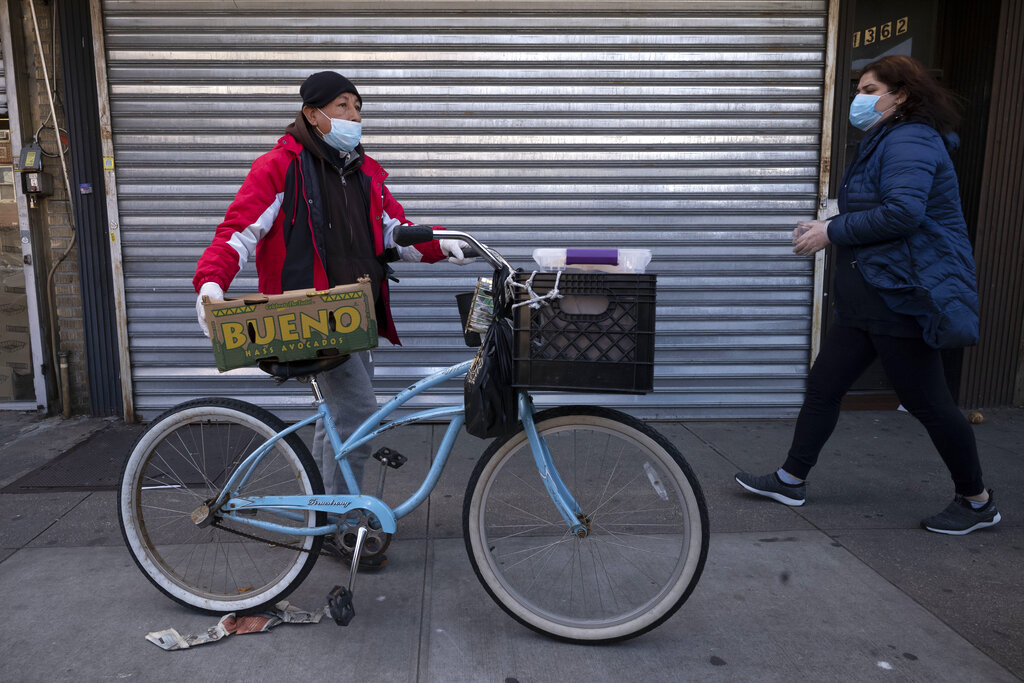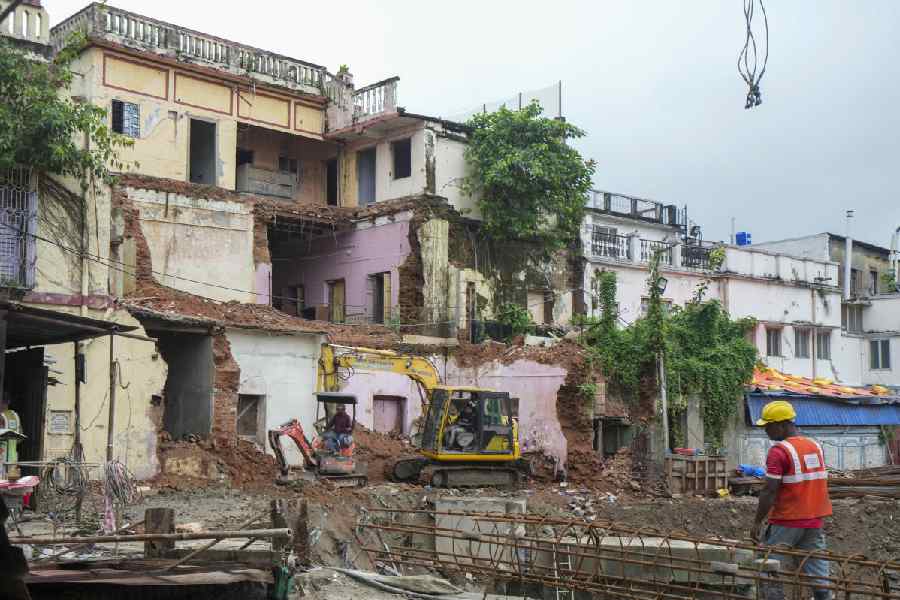For about $80,000, an individual can purchase a six-month plan with Private Health Management, which helps people with serious medical issues navigate the health care system.
Such a plan proved to be a literal lifesaver as the coronavirus pandemic descended. The firm has helped clients arrange tests in Los Angeles for the coronavirus and obtained oxygen concentrators for high-risk patients.
“We know the top lab people and the doctors and nurses and can make the process efficient,” said Leslie Michelson, the firm’s executive chairman.
In some respects, the pandemic is an equalizer: It can afflict princes and paupers alike, and no one who hopes to stay healthy is exempt from the strictures of social distancing. But the American response to the virus is laying bare class divides that are often camouflaged — in access to health care, child care, education, living space, even internet bandwidth.
In New York, well-off city dwellers have abandoned cramped apartments for spacious second homes. In Texas, the rich are shelling out hundreds of thousands of dollars to build safe rooms and bunkers.
And across the country, there is a creeping consciousness that despite talk of national unity, not everyone is equal in times of emergency.
“This is a white-collar quarantine,” said Howard Barbanel, a Miami-based entrepreneur who owns a wine company. “Average working people are bagging and delivering goods, driving trucks, working for local government.”
Some of those catering to the well-off stress that they are trying to be good citizens. Michelson emphasized that he had obtained coronavirus tests only for patients who met guidelines issued by the Centers for Disease Control and Prevention, rather than the so-called worried well.
Still, a kind of pandemic caste system is rapidly developing: the rich holed up in vacation properties; the middle class marooned at home with restless children; the working class on the front lines of the economy, stretched to the limit by the demands of work and parenting, if there is even work to be had.
“I do get that there are haves and have-nots,” said Carolyn Richmond, a Manhattan employment lawyer who is advising restaurant industry clients from her second home, on Long Island, as they engineer layoffs. “Do I feel guilty? No. But I do know that I am very lucky. I understand there’s a big difference between me and the people I work with every day.”
Until a few weeks ago, Darlyne Dagrin would drop her 22-month-old son off at a day care facility on her way to work at a nursing home in Cedar Grove, New Jersey. But the center has closed temporarily amid the pandemic, leaving her with no choice but to skip work when she can’t find a friend or relative to care for him.
“This week I called out twice,” Dagrin said Wednesday. “They called me and said, ‘We won’t accept no more callouts. If you call out again you’re out of a job.’” She said she didn’t know what she was going to do for the rest of the week.
Unlike Dagrin, Maggie Russell-Ciardi doesn’t have to choose between going to work and providing child care for her young child. A nonprofit consultant in New York City and part-time yoga teacher, Russell-Ciardi can slot work around her 3-year-old son’s sleep and play schedule — even if it sometimes requires waking up in the wee hours — and simply makes do when he’s awake and active.
“It’s better for me to do my own practice when he’s sleeping,” she said of the yoga classes she now teaches online. “But it’s nice to have him growing up feeling like he’s part of the yoga community even if it’s now a virtual one. It’s an important teaching for him.”
The ability of the middle class to quickly shift life online has been striking. The Brooklyn Conservatory of Music, where roughly 100 faculty members on-site teach several hundred students each week, has shifted its entire music instruction to videoconferencing. More than 95% of the students enrolled in private lessons have resumed their classes since the school reopened online last Friday.
By contrast, said Dorothy Savitch, an administrator, the school operates a music education program in 25 local public schools, with large numbers of children below the poverty level. Savitch said about one-third of those children might take part when the program resumes online next week, though she hopes to reach 60% of them eventually.
But the middle class is not free of anxiety in this pandemic moment. Otherwise-privileged people have become acutely aware of the options they lack. “For the first time in my life, I feel the difference between myself and my more affluent friends,” said Deb Huberman, a freelance television producer living on the Upper East Side of Manhattan. “I desperately want to get out of the city, but I can’t afford to rent something.”
Huberman estimates that half the neighbors in her building have fled to second homes. Many have joined other wealthy New Yorkers in the less densely populated East End of Long Island.
“I feel guilty about friends and colleagues who don’t have the ability to leave,” said Joe Bilman, who moved with his family from Park Slope in Brooklyn to his vacation house in East Hampton. “We knew it would be easier for us to isolate and be part of the quarantine. We have a backyard, and the kids can go for bike rides.”
Hamptonites have often managed to re-create the amenities of home, except with more space and beachfront views. Many children enrolled in Manhattan prep schools continue to be taught by teachers in conventional classroom formats, albeit over the internet, while public schools have frequently substituted individual study with materials supplied online.
MyTennisLessons.com advertises that “coaches are continuing to give 1-on-1 lessons” and lists a few pros available in Hamptons ZIP codes. Zabar’s, the Upper West Side food emporium, will deliver an assortment of noshes for $300 to $400, depending on the distance.
“I don’t even take a markup — it’s whatever the messenger service charges me,” said Scott Goldshine, the general manager. “Obviously, for most of the people out there getting these types of delivery, money is not an issue.”
At some summer retreats, like Martha’s Vineyard and the Jersey Shore, local officials have taken to discouraging second-home owners and renters for fear of overtaxing local infrastructure.
In other cases, the rich aren’t going east or west, but down. Gary Lynch, general manager of Rising S, a Texas maker of safe rooms and bunkers that range in price from $40,000 to several million dollars, said he had added a second shift of 15 workers to handle the flood of new orders, mostly for underground bunkers.
“I’ve never seen interest like there is now,” said Lynch, who has taken to turning his phone off at night so he can get some sleep. “It has not let up.”
Long before the new coronavirus, another kind of equalizer was being promoted: the internet. For decades, tech evangelists cited the democratizing power of the World Wide Web, which they said would bring high-quality services to strata of society that had previously gone without them.
Some of those predictions have come to pass. In recent days, time spent on the site of the Khan Academy, a well-regarded online curriculum that is free, is up about 2 1/2 times from this time last year.
In March, the federal government broadened its coverage of so-called telemedicine services through Medicare, giving many more people access to a doctor over the web.
Still, the technology that makes these services accessible remains out of reach for many Americans. While data on internet access is inexact, the most recent Federal Communications Commission figures, from 2017, showed that 30% of households did not have even a slow broadband connection.
Jessica Rosenworcel, a Democratic member of the commission, said millions of Americans had only phones, often with strict caps on data usage. “Imagine using a mobile device to look up your class work, type out a paper,” she said. “No parent would choose that as the primary tool for their child’s learning.”
Like many districts around the country, the Brownsville Independent School District in Texas sought to transfer much of its curriculum online when it closed its doors this week. Schools encouraged students to use digital platforms like Google Classroom, Apple Teacher and Seesaw to keep up with their studies.
But unlike wealthier areas, Brownsville has notoriously spotty internet access. Nearly half of households there lacked broadband in 2018, putting it at the top of a list of worst-connected cities compiled by the National Digital Inclusion Alliance, an advocacy group.
“We’re limited when it comes to online services in our community,” said the district’s superintendent, René Gutiérrez. “It’s not where it needs to be.”
The situation has sent many families scrambling. Anahi Rubio, 11, and her mother just moved into an apartment that lacks an internet connection. Anahi has struggled with balky access while using a laptop at her aunt’s house, where she couldn’t get the videoconferencing app Zoom to work.
“They’re always telling you to use YouTube to learn multiplication or to look something up on Google,” said her mother, Betsy Rubio. “Online, everybody gets to be on the same page. But if not everyone has good internet, like my daughter, you don’t. I’m concerned about her falling behind.”
And internet access is far from the only challenge confronting the less affluent. Marc Perrone, president of the United Food and Commercial Workers, which represents more than 1 million workers in industries like groceries and meatpacking, said child care was a top concern when the union held a telephone town hall this week with about 5,000 supermarket workers in New York state.
“In some cases, if they’re old enough, they’re latching them — becoming latchkey kids,” Perrone said, alluding to the option of leaving a child home alone.

A man balances boxes of food that he picked up from Masbia Soup Kitchen, Thursday, March 26, 2020 during the coronavirus pandemic in the Brooklyn borough of New York. (AP Photo/Mark Lennihan)

Rabbi Yosef Chesed, left, helps unload bottled water being donated from Lorie Lutz, right, at the Brightmoor Connection Food Pantry in Detroit, Monday, March 23, 2020. The global coronavirus pandemic has brought water shutoffs in Detroit and in communities across the nation into sharp focus again amid a crucial time. (AP Photo/Paul Sancya)











